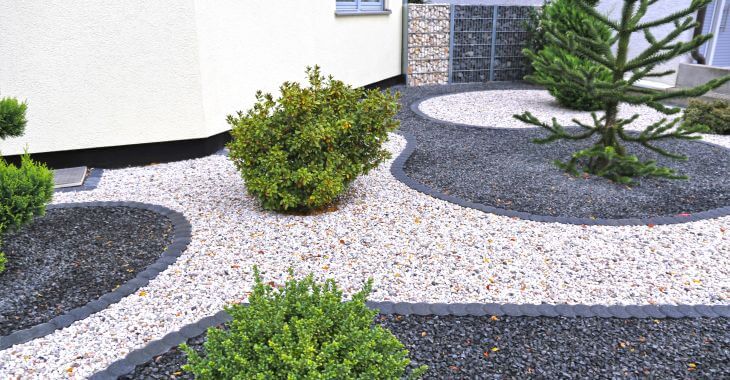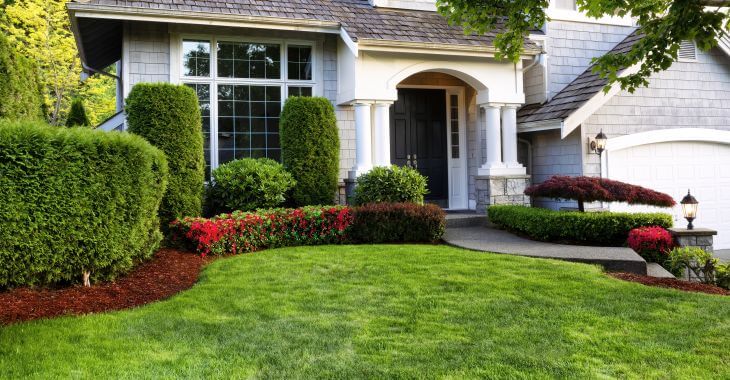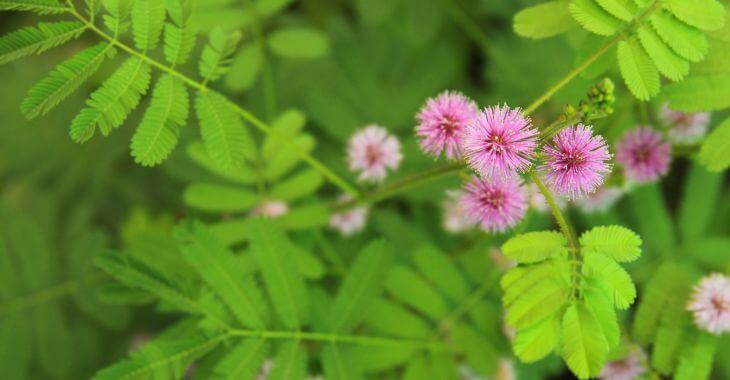Xeriscaping: The Ultimate in Water-Wise Gardening
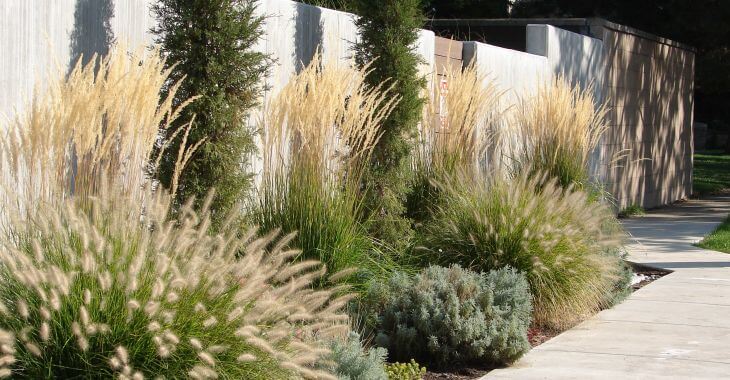
Xeriscaping is more than a trend—it’s a smart, sustainable way to garden in dry climates. Built around efficiency and resilience, xeriscaping reduces the need for irrigation, making it ideal for areas facing drought or water restrictions. It’s a form of water-wise gardening that blends beauty with practicality.
Instead of relying on high-maintenance lawns and thirsty ornamentals, xeriscaping focuses on low-water plants, soil improvement, and smart design. This method not only conserves water but also cuts costs and reduces time spent on upkeep. It is a win for homeowners and the environment.
What Is Xeriscaping?
Xeriscaping (pronounced “zeer-uh-scape-ing”) comes from the Greek word xeros, meaning dry. It is a landscaping philosophy designed for efficiency in water use. While often associated with deserts or arid zones, xeriscaping principles apply anywhere water conservation is a concern.
This method of water-wise gardening is structured around seven core principles that make it work:
- Planning and design
- Soil improvement
- Efficient irrigation
- Appropriate plant selection
- Mulching
- Lawn alternatives
- Proper maintenance
Each principle works together to ensure minimal water waste and maximum visual impact, even in the most challenging conditions.
The Role of Low-Water Plants
At the heart of xeriscaping is the use of low-water plants that are naturally drought-tolerant. These species thrive with minimal irrigation and often adapt well to native soil and climate conditions. Choosing the right plants reduces the risk of drought damage control later.
Examples of excellent xeriscape plants include:
- Lavender
- Sage
- Yarrow
- Sedum
- Agave
- Russian sage
- Penstemon
- Ornamental grasses
These plants offer beauty without the burden of high water demands. Plus, many attract pollinators and improve biodiversity in your garden.
Efficient Irrigation: Do More With Less
One of the biggest mistakes in traditional gardening is overwatering. Xeriscaping aims to do more with less. Drip irrigation and soaker hoses deliver water directly to roots, reducing evaporation and waste. Timers and moisture sensors further optimize watering schedules.
Grouping plants with similar water needs into hydrozones ensures targeted irrigation. This system not only reduces waste but also makes drought damage control easier when dry spells hit during the hotter months during the year.
Mulch: Nature’s Insulating Blanket
Mulch is a key player in water-wise gardening. It retains soil moisture, regulates temperature, and suppresses weeds. Organic mulch, like bark or wood chips, also breaks down over time to enrich the soil—adding both function and aesthetic value to your xeriscaped garden.
A good mulch layer (2–4 inches thick) around your low-water plants creates a stable environment. It slows evaporation and protects delicate root systems from heat or frost damage, further reducing water needs. It can also add to the aesthetics of your landscaping.
Beyond Rocks and Gravel
Xeriscaping is often misunderstood as a lifeless spread of gravel and cactus. In reality, it can be lush and colorful, full of many living elements. While gravel pathways and rock accents are functional, the real magic is in the plant diversity and thoughtful layout.
Utilize hardscaping elements—such as paths, walls, and benches—to define spaces and minimize turf areas. Then add layers of texture with shrubs, perennials, and groundcovers that do not demand constant watering. This creates a dynamic yet water-wise gardening landscape.
Drought Damage Control Made Easy
Traditional lawns and gardens often suffer visibly during droughts—wilting, browning, or dying off completely. Xeriscaped yards, by contrast, are built for resilience. The use of hardy, low-water plants and efficient irrigation systems means they require far less drought damage control.
You will see fewer brown patches, less plant loss, and a more stable ecosystem overall. This reliability saves time, energy, and money during dry spells. It is proactive, not reactive landscaping.
Lower Costs, Higher Impact
The long-term savings with xeriscaping are significant. Less water means lower utility bills. Using fewer fertilizers and pesticides means lower expenses and reduced environmental harm. Minimal mowing and trimming reduce labor costs and emissions from lawn equipment.
Over time, xeriscaping offers a better return on investment than traditional landscaping, especially in regions where water is scarce or costly. It is the future of water-wise gardening, built on common sense and environmental responsibility.
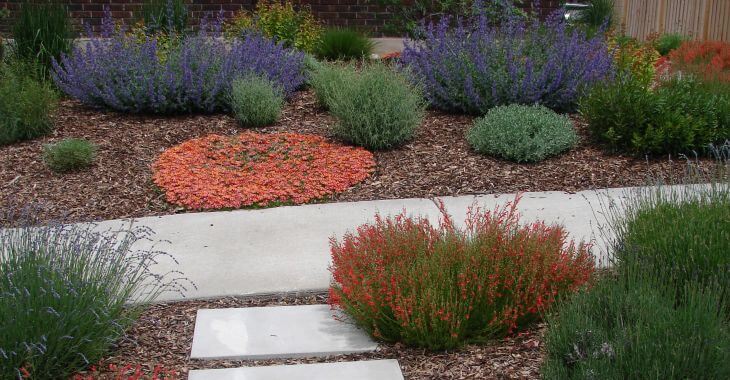
Is Xeriscaping Right for You?
If you live in a dry climate or simply want to reduce your water use, xeriscaping is worth serious consideration. It offers aesthetic flexibility, ecological benefits, and long-term cost savings. Even in wetter areas, xeriscaping techniques can reduce runoff and improve soil health.
You do not have to convert your entire yard all at once. Start small: a side yard, a front border, or a dry garden bed. Apply the principles of xeriscaping gradually and expand over time as you see the results.
Xeriscaping isn’t about sacrifice—it is about smarter choices. With the right design, low-water plants, and irrigation methods, your garden can thrive while significantly reducing water use. Say goodbye to thirsty lawns and hello to sustainable beauty.
